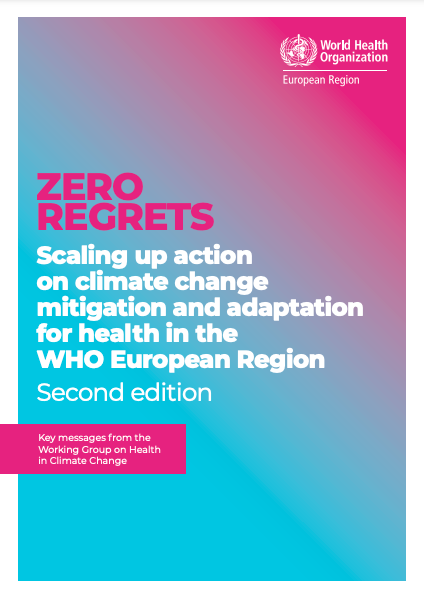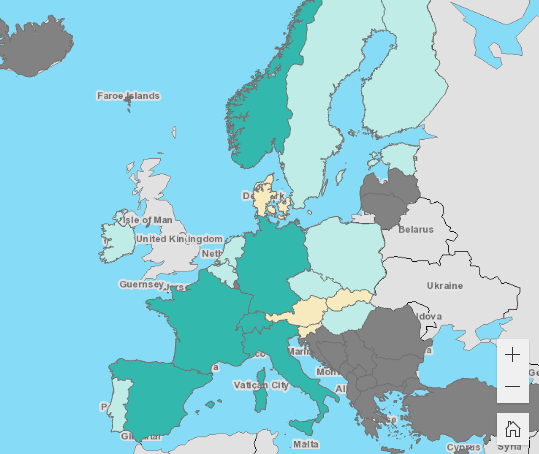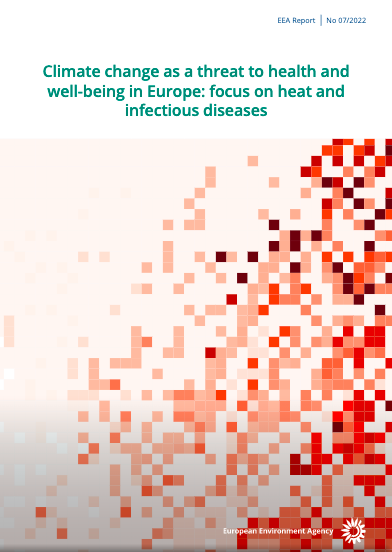Located in central Europe, Czechia’s territory varies between mountains and lowlands, with an average altitude of 450 m (1). Classified as a high-income country, Czechia’s economy predominantly depends on the manufacturing industry, which plays a key role in terms of employment (2). Czechia has a high population density and 70% of its population lives in urban areas (1).
Czechia is located in a moderate climate zone, with fluctuating average annual temperatures. Rising temperatures and changing precipitation patterns are being experienced already. This has resulted in a loss of biodiversity, changes in the water regime, drought events, and more frequent flooding. Health risks of climate change include vector-borne diseases, heat stress, increased incidence of gastrointestinal diseases, and respiratory diseases due to ambient air pollution (3).
Czechia, as a member of the European Union (EU), is committed to the European Nationally Determined Contribution (NDC), which seeks to mitigate at least 55% of its greenhouse gas emissions by 2030 compared with the 1990 levels (4). The National Adaptation Plan outlines health adaptation measures, including ensuring adequate medical infrastructure for epidemic emergencies; implementing early warning systems for water- and vector-borne diseases; and providing information to strengthen decision-making around health risk situations (3).











